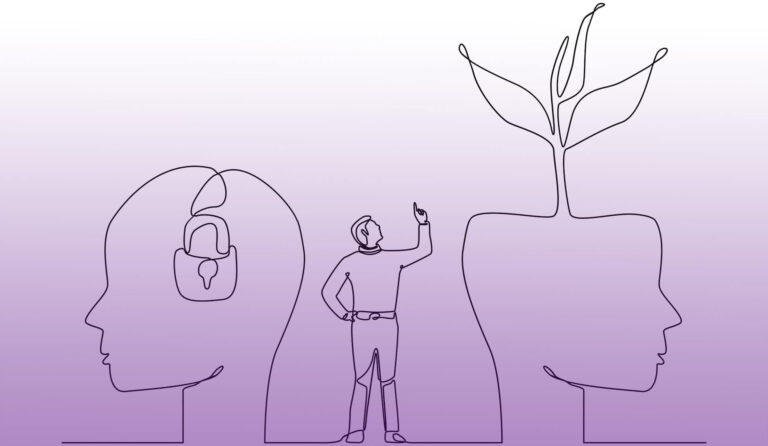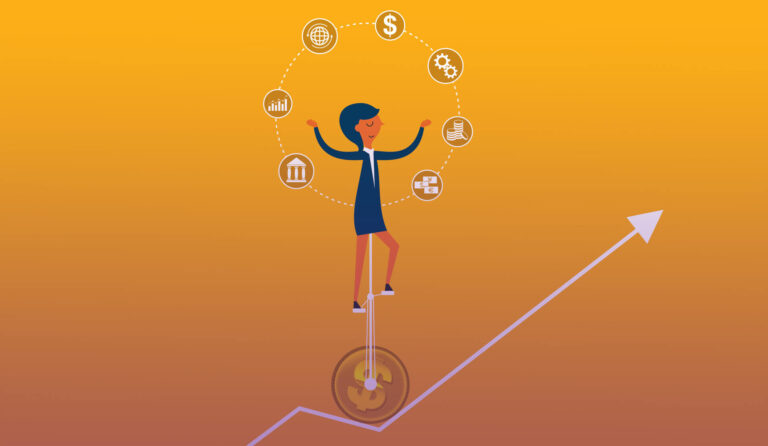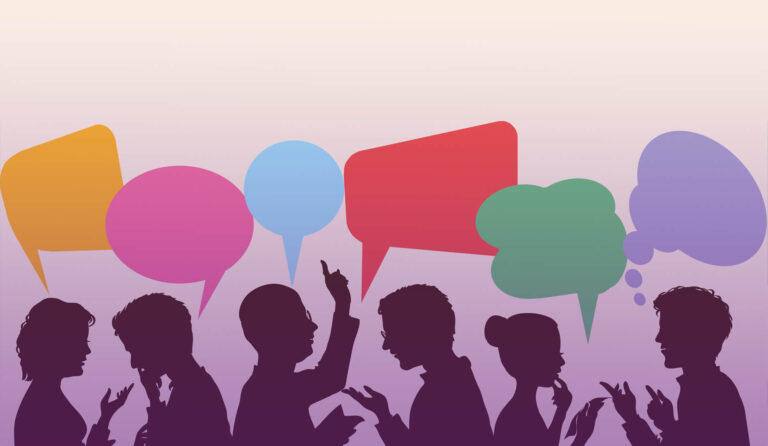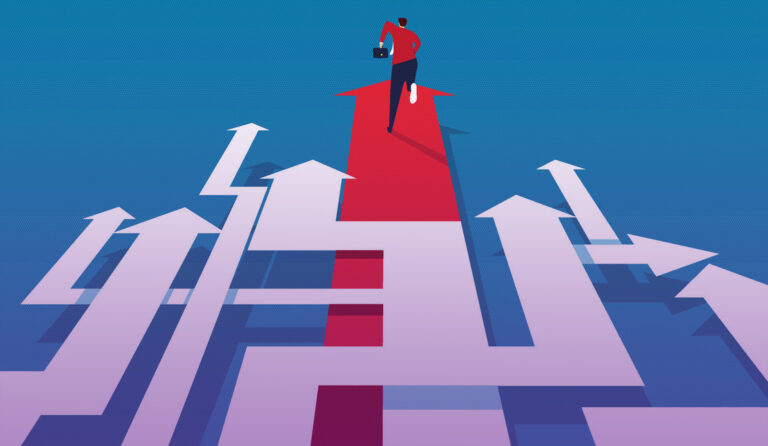Find and eliminate our cognitive bias
The species that are the most adaptable to change are those that survive. Charles Darwin’s theory is just as applicable to our leadership style as it is to the evolution of all living creatures.
We know change is hard. But right now, it surrounds us: high inflation, a skills shortage, supply chain issues and sky rocketing prices have created challenging conditions for business owners and leaders alike.
How we choose to respond to these conditions will make us better leaders and, in turn, deliver better results. So, how could we adapt to better navigate the current economic uncertainty?
We need to think differently and that’s a core aspect of strategic agility. Other features of strategic agility include having a growth mindset, fast decision making and navigating the political landscape.
To think differently, we need to identify and challenge our cognitive biases. These are the unconscious prejudices in our thinking and are the result of our brains trying to make our complex world easier to process. We all have biases and because they’re unconscious, we can’t see how they impact our thinking or decisions.
It could be useful to use inline links to each of the previous articles here, to increase engagement in your audience.
Is our thinking stuck?
To return to Darwin’s theory, we need to adapt to the changing conditions to survive. Thinking the same way will not help us adapt. In fact, our cognitive biases can get us ‘stuck’ and we don’t even know it’s happening.
It’s OK for us to do some things unconsciously, like breathing. But when leaders aren’t aware of their unconscious biases, we risk making bad decisions which could have damaging consequences. We may not collaborate or engage with our colleges productively or restrict our teamwork to people with whom we share an unconscious affinity. Limiting diversity can constrain innovation and creativity, reduce retention and foster a poor culture. By contrast, in a 2017 study, McKinsey found that companies in the top quartile for gender diversity were 21% more likely to experience above-average profitability than companies in the bottom quartile.
Let’s acknowledge that it’s difficult to identify and regulate our own biases. It’s natural that we want to have all the answers or to be seen as infallible. If your leadership development has been towards Command-and-Control, it is even more of a challenge to introduce these concepts and change the habits of a lifetime. We all need to be brave and in a safe space to have discussions about our biases and deal with them in a practical manner which positively impacts our leadership and outcomes.
Identify our cognitive biases
Here are some cues that should alert us to any cognitive biases we may hold:
Words and phrases like “never”, “always”, “I know/knew that” leave no room for challenge and can indicate thinking that’s locked in a habitual mindset.
Asking more closed than open questions, which can result in others being more likely to agree with you. Closed questions typically result in a binary yes/no answer, where open questions will invite discussion and lead to discovery.
Collaborating with the same colleagues or peers when making essential decisions or making decisions on your own. Leaders need the freedom to make captain’s calls, but if we’re always making them then it’s likely there’s a cognitive bias at play.
If we’ve never or rarely been persuaded to change our opinion or a decision.
How to unstick our thinking
Accepting we have operated with biases is the first step to consciously identify and manage their impacts. This is a continuous journey, but it’ll become easier to manage as our awareness increases.
To overcome our biases, we can look for ways to expand our thinking. Consuming news, podcasts and commentary about new topics or with different perspectives is a good place to start. Look for reputable sources, fact-based content and multiple perspectives. We don’t have to agree with all the information we consume but it is important that we constantly challenge our thinking. There is an entire world outside our small fishbowls of perspective.
There are links to some of my recent favourite sources of information at the end of this article.
Actions for leaders to break through cognitive bias
Not every decision needs to be analysed for bias. Sometimes a fast decision is the best move we can make. There are other decisions which absolutely must be free of bias. We could talk with our teams about the scale and consequence of typical decisions to determine if we need to check our bias.
One approach that’s been useful for me is to have a nominated observer at core team meetings, or before decisions are ratified. This person would give feedback on any cognitive biases they observed. This can quickly build trust, create shared experiences and improve results.
I’ve previously mentioned Bain’s RAPID decision-making model. This is a good starting point for us, as leaders, to help our teams identify and manage their own biases. RAPID is suited to big or impactful decisions, but a light version for day-to-day team operations could be beneficial for all of us.
Managing our biases is an ongoing journey for us as leader and for our teams. It can be helpful to have a fresh perspective to challenge our thinking.
Let’s talk about how I can help your team overcome biases and become high performers.
Useful resources:
- Intrigue newsletter: A daily email that covers a range of global issues and why they matter
- Emerging Tech Brew: A US-centric but fascinating read about emerging tech trends and analysis.
- McKinsey.com: A good range of articles and tools
- Diversity Council Australia
- How unconscious bias can affect your business







